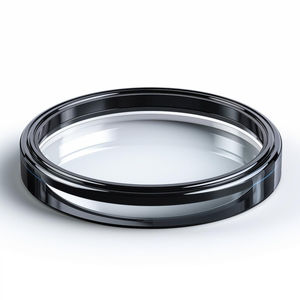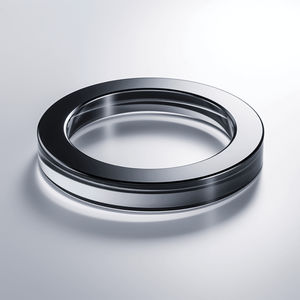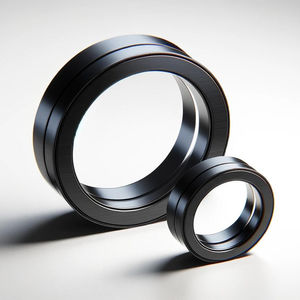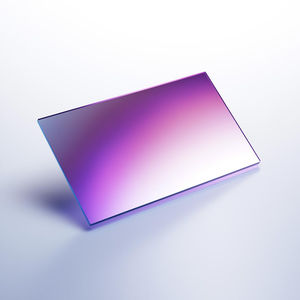
- Metrology - Laboratory
- Optical Component
- UV polarizer
- Alien Photonics

- Products
- Catalogs
- News & Trends
- Exhibitions
UV polarizer YAGNd lasercircular

Add to favorites
Compare this product
Characteristics
- Spectrum
- UV
- Options
- optical, high-contrast, circular, YAG, Nd laser
Description
Brewster angle TFP polarizers can achieve even higher contrasts when splitting s and p polarizations. You can choose from wide range of materias (angles) and customize TFP characteristcs: shapes, sizes, extinction ratios, LITD, ...
How brewster's ange TFP polarizers are produced ?
Brewster's TFP manufacturing process is a multi-step process (quite similar to other dielectric coated optics)
1. Material selection. Based on properties (transmittance, hardness, brewster angle, etc.) material is choosen for substrate.
2 .Polishing. Material is sliced, grinded and smoothly polished. Alien photonics can achieve good reflected and transmitted wavefront distortion which is crutial for efficient TFP polarizer.
3 .Optical coating. The polarizing coating is applied on substrate. IBS or MS coating is used for high contrast polarizers, while EBE, IAD for more economical solutions.
4. Quality assurance and testing. Once brewster's TFP is finished, it is inspected and stocked or shipped to customer.
Brewster's TFP polarizer alternatives
PBS cubes
Standard, High Energy, broad-band PBS cubes with some adjustments within optical sytem can replace brewster's TFP polarizer. However, it is not always possible, since cubes have larger GDD, and some LIDT issues might occur due to cement.
Brewster windows
Optical windows designed for brewster's angle can be used in cases where only tranmitted (p-pol) is needed. S-polarization however will not be controlled or maintained.
45 deg polarizer
Brewster's polarizer, can be changed with 45 deg. TFP polarizer, with minimal adjustments.
Related Searches
- Glass lens element
- Optical prism
- Spectrum lens element
- Optical window
- Optical lens element
- Glass optical prism
- Visible lens element
- Round mirror
- BK7 lens element
- Laser lens element
- Convex array lens element
- Silica lens element
- Crystal lens element
- Spherical lens element
- UV lens element
- Fused silica lens element
- Round optical window
- Laser mirror
- Cylindrical lens element
- Plano-convex lens element
*Prices are pre-tax. They exclude delivery charges and customs duties and do not include additional charges for installation or activation options. Prices are indicative only and may vary by country, with changes to the cost of raw materials and exchange rates.











